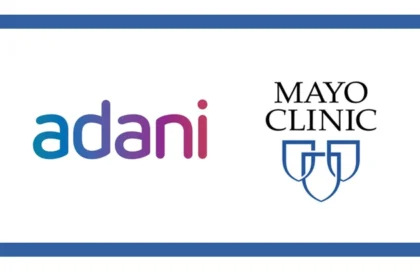Traditional endpoints like desktops and laptops still inhabit an essential place in the IT environments of most businesses. Mobile devices, however, continue to increase at a fantastic rate; almost all workers have their own mobile devices. And most companies follow Bring your own device (BYOD) policies to capitalize on that. However, so many devices that connect to the IT infrastructure generate growing potential vectors of attack. Besides, while your IT department struggles to control all of the new devices, your network may suffer from visibility issues. Therefore, workers who use their own computers without proper infrastructure will suffer from productivity problems. This is where the perquisites of enterprise mobility management will help your company.
What is Enterprise Mobility Management?
Enterprise Mobility Management (EMM) refers to the technologies, resources, and policies that manage working-class mobile devices. EMM acts as an umbrella term for several mobility-oriented techniques, including mobile device management (MDM) and cellular identity. In other words, it serves as the connection that binds the mobile devices to the IT system. The perquisites of Enterprise Mobility Management enable your business to more authoritatively enjoy the benefits of BYOD policies. It results in more productivity and reduced overhead technology. Without the benefits of enterprise mobility management, you might face significant trouble handling the issues with your BYOD remote devices.
Perquisites of Enterprise Mobility Management
Endpoint Monitoring for Mobile Devices
Cyber-security is perhaps the most crucial of all the benefits of maintaining business versatility. Every new connected device adds another node to the digital perimeter; each new node adds another attack vector to draw hackers in response. With good EMM, a consistent level of cyber-security can be deployed across all connected devices. Though, Enterprise mobility management extends beyond basic safety at endpoints. Mobile identification allows the IT team to track mobile devices’ actions in the same way they can use behaviors. This can enable IT departments to quickly determine whether a suspicious person has taken control of the device. However, the team can limit access to specific endpoints that link to the IT system.
Enhanced Profitability
When users own their device, their efficiency increases. By possessing their own device, the workers appreciate the familiarity and convenience that they wouldn’t encounter a corporate-issued device. This offers an intangible but significant boost to productivity. Moreover, by owning their devices, your users don’t waste time learning your corporate-owned devices. They can leverage the features of their devices they wouldn’t otherwise have. Above all, employees can fulfill the business processes through devices that they recognize at any time and place via EMM.
Managing Mobile Content
This vital tool enables your users to access content securely and efficiently on their own mobile devices. Through it, each mobile device enjoys safe storage where sensitive data can be stored. It also enables content, a push-based document delivery system that creates alerts for new files and expiry dates of content. Mobile content management adds another layer of protection to your enterprise. As it guarantees data traffic flows and transfers of documents to and from smartphones.
The Prevention and Mitigation of Corporate Data Loss
The perquisites of enterprise mobility management also provide protection and avoidance of endpoint and data losses. Threat actors use stolen or misplaced mobile devices as accessible ports of access to corporate networks. Often, they can use the saved login information to hack your program and get your sensitive information. With the management of enterprise mobility, the company will help employees cope with these technology pitfalls. You can use it to wipe away the data from a stolen or lost endpoint and make sure hackers can’t exploit it. Additionally, the organization should explicitly target data on the system in question, which can help to maintain its functionality in the event of recovery. Similarly, EMM can help the company deploy user locator services on each connected mobile device, which may find devices lost or track stolen devices. It can also help track, control, and limit mobile device rights to access valuable digital assets after viewing.
Restricted Overhead Technology
One of the understated but prevalent benefits of enterprise mobility management is to reduce the overall costs to your companies. Centrally, EMM promotes the effects of your BYOD philosophy by making the employees pay for their own devices. In addition, they also pay for other related expenses such as data plans and repairs; if your users own them, they are more likely to take better care of their devices. Your employees are unlikely to complain about these costs, as they are not taxes on your business. Indeed, they may not even realize their role in reducing your overhead technology, as they are already paying those expenses.
Furthermore, to truly reap the perquisites of enterprise mobility management, an organization should train their staff in appropriate best practices. With so many employees involved in remote data, flows, and critical devices maintained, they should know how to protect themselves and the company.










